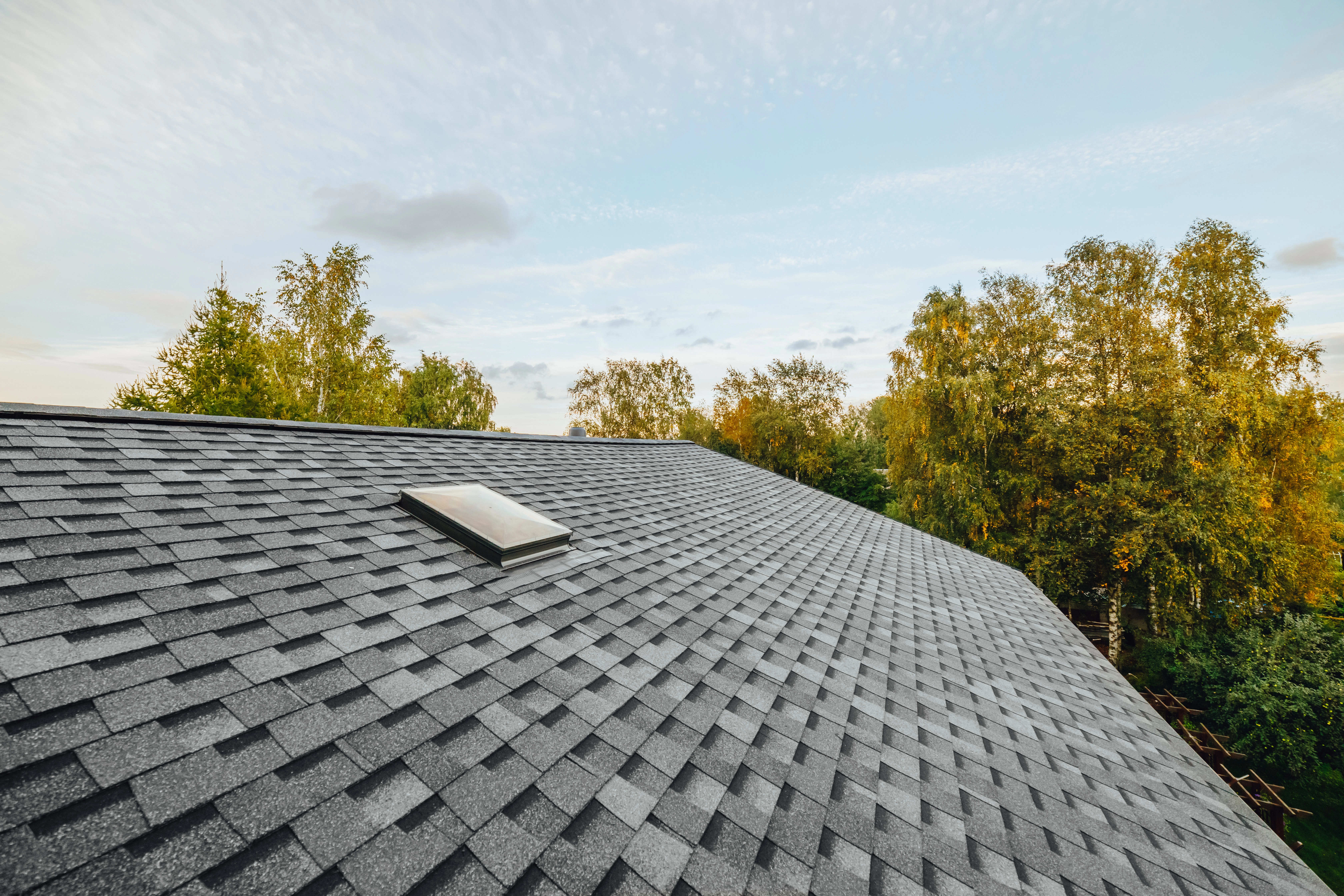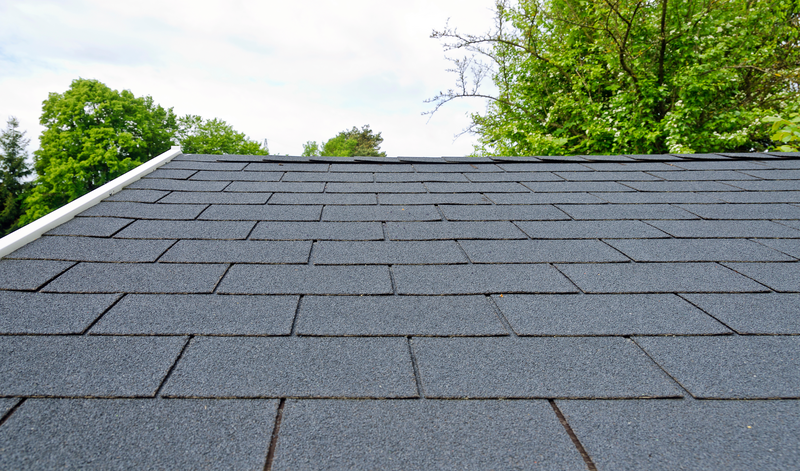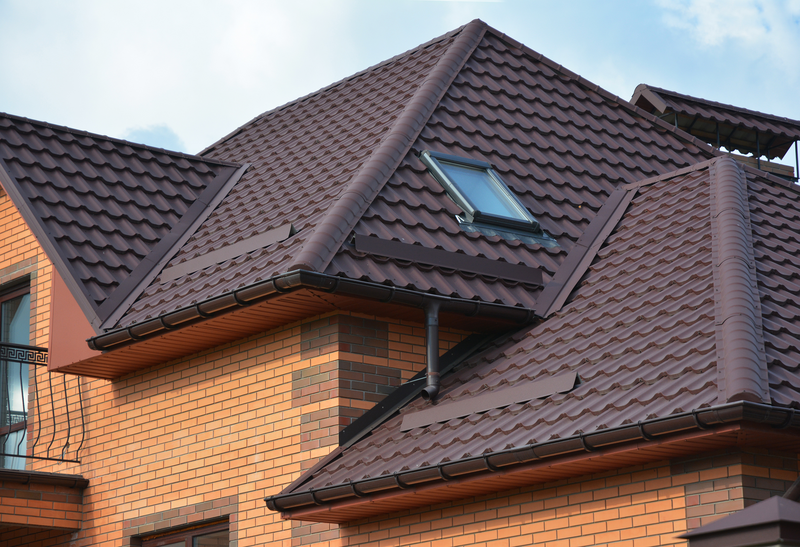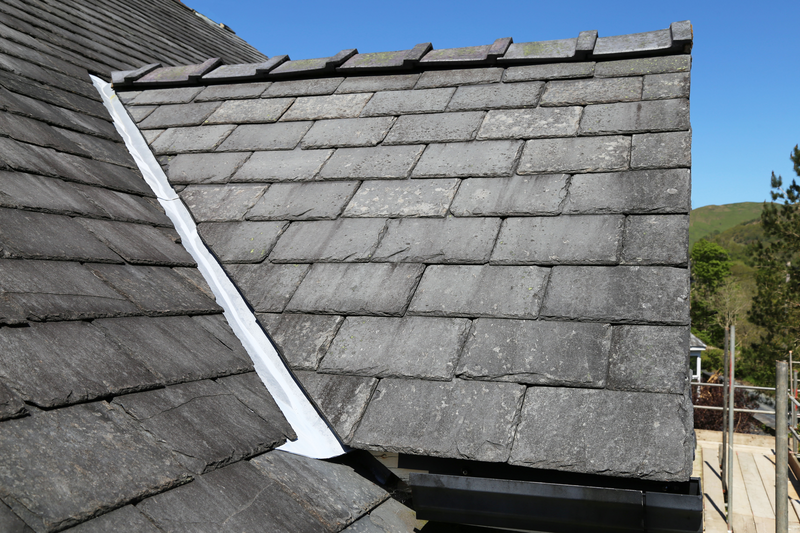How to tell which type of shingle is on the roof of your house

Do you need to replace your roof but don’t know what kind of shingles you have? Or are you looking to learn the benefits of different types of shingles? We want to help you understand the differences between all the different type of roof options help you pick which type makes the most sense for your home.
Asphalt Shingles
Also known as composition roofing, asphalt shingles are the most common roofing material in U.S. residential construction. They work well in a variety of climates and are often less expensive than other materials. There are two types of asphalt shingles:
- Architectural shingles, also known as dimensional shingles, are higher in quality and more durable.
- 3-tab shingles, while less expensive, they may not last as long as architectural shingles. Because of this, homes with 3-tab shingles are ineligible at Acuity. A quick way to tell if a roof has 3-tab shingles is by the lines running up the roof from the tabs.

Architectural Shingles

3-tab Shingles
Metal Roofs
Metal roofs have grown in popularity over the years. Although the initial cost is higher than asphalt shingle roofs, they last longer, which may provide a better long-term value. Metal roofs come in a panel style or a shingle style that mimics asphalt shingles.

Panel-style metal roof

Shingle-style metal roof
Roof Tiles
Roof tiles are units of clay or concrete that offer a durable, long-lasting option. These roofs are most common in areas that experience hot weather or exposure to salty air. A structural engineer must approve the roof structure to handle the weight of roof tiles.

Clay Tile

Concrete tile
Wood Shakes and Shingles
Wood shakes and shingles are commonly manufactured from western red cedar but can also be made from treated yellow pine, northern white cedar, redwood, red oak, and aspen.
- Wood shakes are thick and have a rough surface.
- Wood shingles are thinner with a smoother finish.
While wood roofs are good insulators, they are also high maintenance and flammable. Because of this, homes with these roofs are ineligible at Acuity.

Wood Shakes

Wood Shingle
Slate Roofs
Slate roofs are made from natural slate stone tiles and come in various sizes and colors. These roofs require little maintenance and can last for over a hundred years. A structural engineer must approve the roof structure to handle the weight of slate tiles.

Slate roof
Tar and Gravel
Tar and gravel roofs have multiple layers of roofing felt, each covered with tar, and the top layer protected by gravel. Tar and gravel roofs can only be installed on a flat roof and are more commonly found on commercial buildings.

Tar and gravel
Regardless of the roof type, staying proactive about roof replacement and repairs can prevent larger issues in the future. It is good practice to visually inspect your roof once a year, and especially after severe storms, to check for damage. If you discover damage, promptly inform your insurance company or your agent, so your roof can be repaired by a qualified, licensed, and insured contractor right away. A roof in good condition can help keep you and your belongings safe.
An insurance company that cares about you and insuring the things you wish to be insured.
Get a Quote> Find an Agent>

